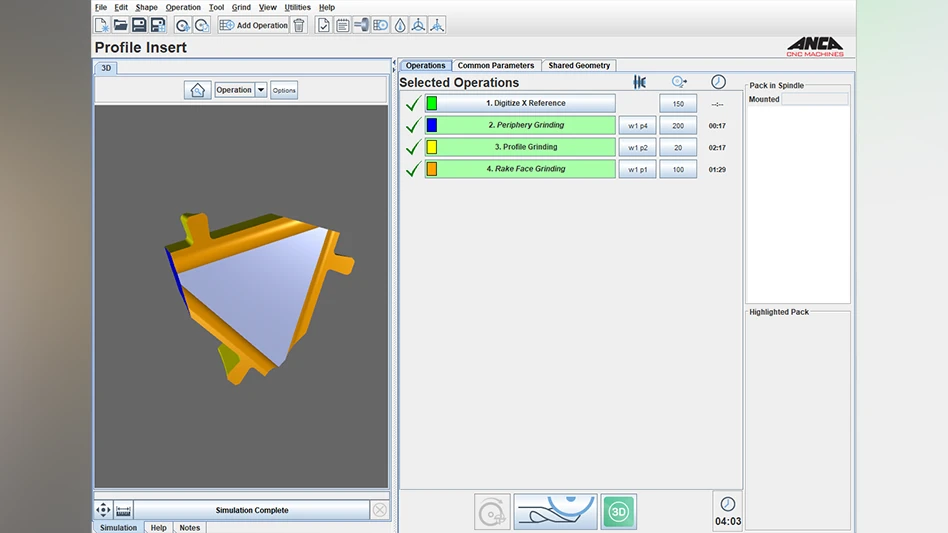
CREDIT: ROTOR CLIP
Rotor Clip has released a new video to help engineers better understand wave springs and how they offer a reliable alternative to traditional springs. In addition to saving space and weight, wave springs can reduce assembly height and streamline the number of components in an application. This video breaks down the functions and technical advantages of wave springs, highlighting why they are the ideal choice.
A wave spring is a type of flat wire compression spring with a unique waveform-like structure. Unlike traditional coil springs that produce forces through torsion, wave springs generate forces through bending. This allows them to compress and expand while occupying up to 50 percent less axial space, providing engineers with more flexibility in their designs.
“Many engineers are still defaulting to traditional coil springs, but this video shows why it’s worth taking a second look,” says Craig Slass, co-president of Rotor Clip. “Our goal is to make it easy to understand how wave springs work and how they can help solve space and weight challenges across industries.”
Rotor Clip offers a full range of wave spring configurations; each suited for specific applications from electric motors and fluid pumps to surgical tools and aerospace systems. Our wave springs reduce spring height and weight and can improve overall assembly function.
Wave spring configurations
- Multi-Turn Wave Springs: Provide the same force as coil springs but at half the height, maximizing space and weight savings.
- Single-Turn Wave Springs: Commonly used for bearing preload and tolerance take-up.
- Nested Wave Springs: Increase load capacity in direct proportion to the number of turns, allowing for nearly unlimited force generation.
- Round-Wire Wave Springs: Ideal for generating heavy loads in tight spring cavities and are often compared to single Belleville washers or disc springs.
- Linear Wave Springs: Offer an excellent option for applications requiring preload in a straight groove or channel.
The new video is part of Rotor Clip’s ongoing effort to provide engineers with the knowledge and resources they need to design smarter and more efficient systems.
Latest from Today's Medical Developments
- Teleflex sells acute care and urology businesses for $2.03 billion
- HANNOVER MESSE: Where research and manufacturing meet
- What’s next for the design and manufacturing industry in 2026?
- Arcline to sell Medical Manufacturing Technologies to Perimeter Solutions
- Decline in German machine tool orders bottoming out
- Analysis, trends, and forecasts for the future of additive manufacturing
- BlueForge Alliance Webinar Series Part III: Integrate Nationally, Catalyze Locally
- Robot orders accelerate in Q3





